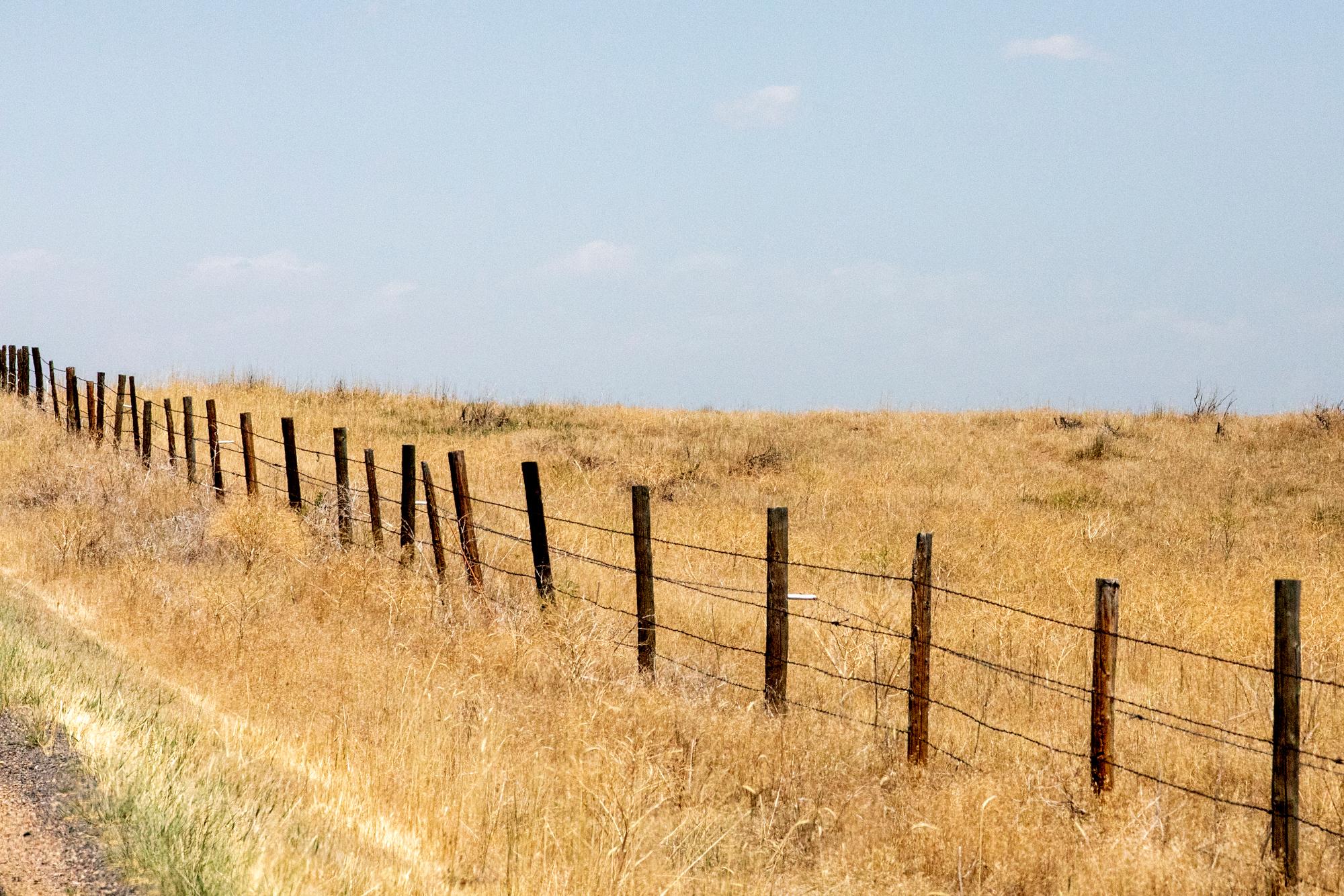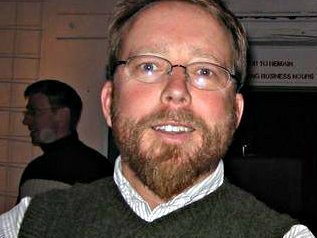If there was a drug available that prevented HIV infections, would you take it? Researchers in Colorado recently went a long way toward proving the effectiveness of what may be the first drug ever formally recommended to prevent AIDS. The Food and Drug Administration is currently wrestling with whether to recommend Truvada as a preventive. It was expected to do that late last week, but the agency is taking a longer look because there are concerns Truvada will be mis-used. We’ll talk to the head of STD prevention at Denver Public Health about that in a moment. First, CPR’s Health Reporter Eric Whitney takes us into the Colorado laboratory that zeroed-in on Truvada’s effectiveness. Here is a transcript of Eric Whitney's report:
Reporter Eric Whitney: Truvada’s ability to prevent the spread of HIV is based on two big studies, one of men who have sex with men which showed that taking the pill daily prevented infections 44% of the time. Pete Anderson, an assistant professor at the University of Colorado School of Pharmacy says that’s significant, but maybe not impressive enough for scientists to recommend the drug as an effective preventive measure.
Anderson: It is remarkable, although, 44%, people could argue that’s not a compelling number as well.
Reporter : So Anderson took a closer look at blood samples from people who got the drug in the study. Some of them got HIV infections, and some didn’t. It looked like the drug protected about 44% of the people taking it in the initial analysis. But Anderson’s lab looked closer.
Anderson: We did the run, and the lab manager called me in, he said, you might want to come in here and look at the pictures of where the drug levels are supposed to be on the screen, because there’s none there.
Reporter: The results showing no detectable drug suggested that some of the people in the study who said they were taking the drug every day, actually weren’t. Anderson contacted the study’s lead authors to find out if the samples they couldn’t find any drug in matched up with the people who contracted HIV.
Anderson : That was the a-ha moment. You put ‘em together and it was like, oh, that’s why it was 44%, (laughs) is because the people who contracted HIV just didn’t have enough drug in their blood.
Reporter: Based on Anderson’s work, researchers re-calculated their numbers and found that Truvada may actually be closer to 90% effective at preventing HIV infections. That level is at least part of the reason an FDA advisory committee recommended that the agency approve Truvada as effective protection against HIV. Again, this is the first time a drug has been recommended for approval as effective against HIV infections.
Anderson: It’s a very big deal because, of course, we’ve been searching for a vaccine ever since we discovered this was a virus, and that seems to be far off yet, and so this is the first medical therapy tool we’ve got, so I think it is a big breakthrough.
Reporter: Finding drugs like Truvada in blood a blood sample isn’t easy. You can’t see it with a microscope.Typical blood tests look at plasma, the liquid that surrounds blood cells. Finding out what’s inside the blood cells themselves is a much tougher nut to crack. Anderson took me inside his lab to show me the process.
SOUND: Passing through secure doors into lab
Reporter: The process is basically taking a blood sample and continually reducing it, removing everything that isn’t the drug they’re looking for. It starts with a centrifuge.
Anderson: So we spin ‘em down so you get that pellet of cells at the bottom of the tube, then we lyse that pellet with the methanol.
Reporter: “Lysing” the cells just means using alcohol to break down the cell walls to release everything inside them. When that’s done, the contents of about 10 million cells is left at the bottom of a test tube. Just a few cubic centimeters. At that point, they’re washed with progressively stronger concentrations of salt water.The salts wash away all the cell material that isn’t the drug until finally all that’s left is the molecular compound the researchers are looking for. Anderson says each sample is washed 10 times.
Reporter: How did you figure out that it’s 10 and not 6, or 14?
ANDERSON : Years of research (laughs), that’s how you have to do it.
Reporter : It takes about eight hours to do all the blood sample washes. What’s left at the end is a clear liquid, about the size of a teardrop in a little glass vial. That’s when the machine takes over.
SOUND: robot sounds of mass spectrometer
Reporter: The machine is a mass spectrometer. It’s about the size of a dishwasher. It uses electric and magnetic fields to identify the molecular mass of a sample’s ions, and that tells researchers if the particular substance they’re looking for is present. It takes about eight hours. The process is all very sterile and clinical, and seems pretty far removed from the human beings whose lives could be saved by finding a drug that prevents HIV infections. But Pete Anderson and the other researchers who work in this lab know that their work with test tubes and centrifuges has real human impact, and they’re thrilled to have a hand in a potential HIV prevention breakthrough.
Anderson: It’s been just a great joy and a rewarding experience to be a part of.
Click the interview button above to hear Ryan Warner's interview with the head of STD prevention at Denver Health.









